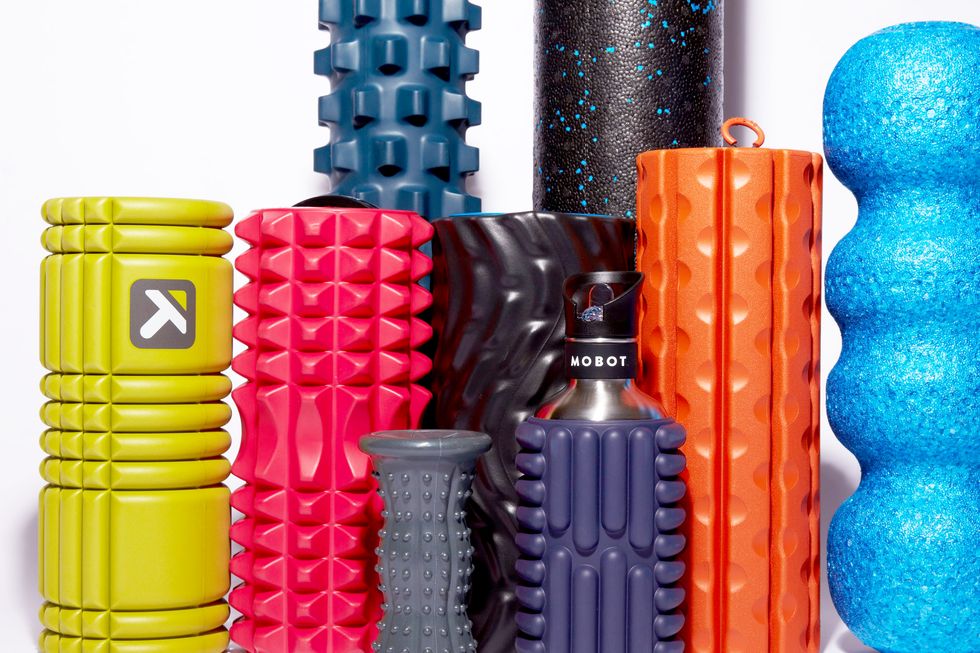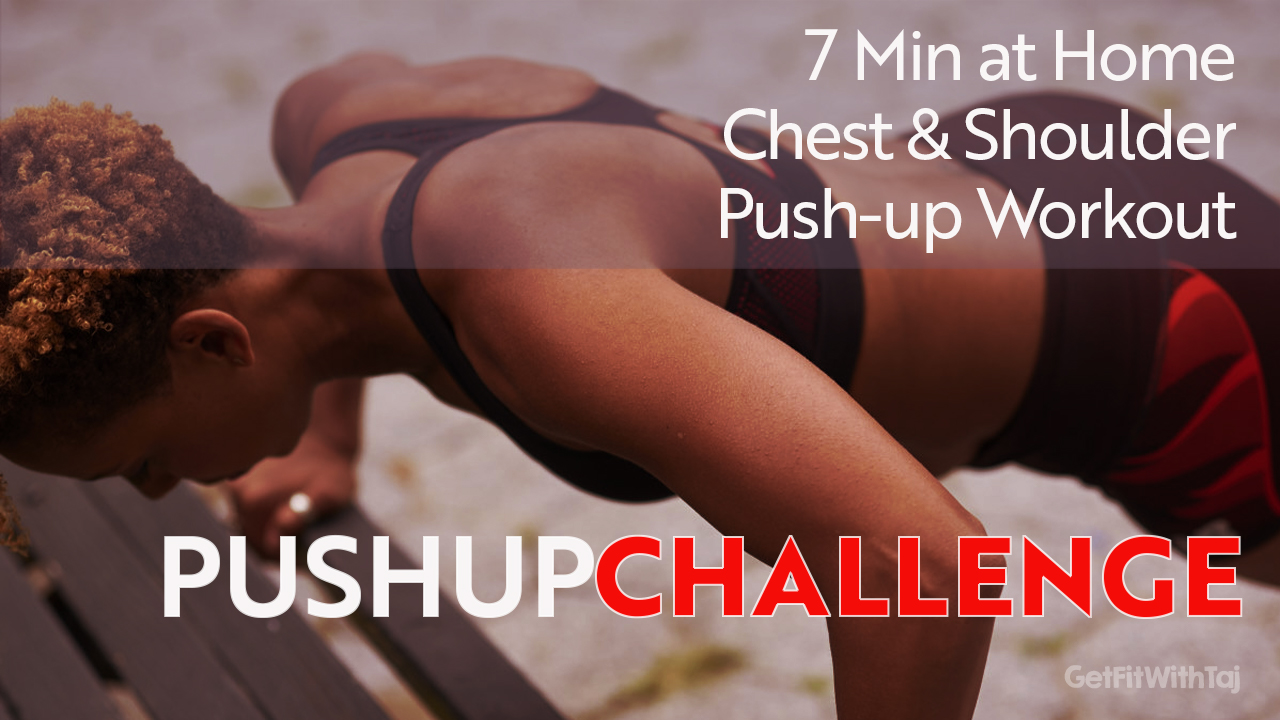
Benefits of Foam Rolling
As I sat down to right this article, (memories of the gym being open) I recalled a instance that I have probably experienced with friends or clients in one way or another. I was encouraging a friend to foam roll as he was preparing to run his first race. Of course I discussed the benefits as to why I highly recommended he foam roll. I even offered to do it with him and he finally took me up on the offer. (maybe that was the trick) WELL…. Let’s just say he said all kinds of unpleasantries under his breath during this experience together. It was quite interesting to see a grown man brought almost to tears by lil ole me with nothing but a piece of foam. OK, Yes, it was a Trigger Point Roller and not a flat foam roller but, at least it was the one with ridges not bumps. The good news is, despite the eye rolls and under breath conversation he was having about me, he did admit that he felt more energy flow, lighter and saw benefits with his running. But don’t be fooled, he also thought I was evil, torturous, mean and couldn’t believe I would subject him to such a thing.
In full transparency as some like to say: the immediate response to foam rolling may not be so joyous, there may be tears, eye rolling and even some #*$! BUT, the after effect is worth the treatment.
Here’s Why:
The benefits of foam rolling have to do with the mobility of the fascia. Fascia is a fibrous layer of connective tissue that surrounds all of the muscles in our body. To give you a visual, fascia is like that thin, whitish sheath that you might peel off a chicken breast. Without proper mobility, fibers of the fascia become cross linked and they bind to muscles and nerves, which can cause knots; knots that you aren’t even aware are there. This action inhibits normal motion and causes pain. Foam rolling helps you to locate these knots and roll them out, breaking them up, increasing blood flow and releasing the tension.
Daily Health of Fascia:
Fascia is continually being created and laid down throughout our body. Without proper movement, the fibers will not form in the correct pattern, creating pain and inhibiting movement. The stresses that we put on our bodies every day can affect how fascia is laid down. Those stresses can range from running, carrying a heavy work bag on our shoulder, sitting at a computer, or any other activity that we perform regularly! Foam rolling or other self myofascial release techniques (SMR) will keep trigger points and scar tissue broken up within the muscle and fascia, allowing greater tissue extensibility, normal function, and normal motion.
Is Stretching Really Enough?
Did you know that stretching may be more beneficial if foam rolling is done prior to the stretch. A recent study (Foam Rolling and Static Stretching on Passive Hip Flexion Range of Motion) that was accepted for publication in the Journal of Sport Rehabilitation in January of 2014 measures the effects of foam rolling prior to static stretching. The authors found an increase in hip range of motion after rolling on the hamstring then stretching, compared to stretching alone. Increase in flexibility was thought to be from increased blood flow and an increase in intramuscular temperature, both of which increase the elastic properties of muscle. For example ever do a forward fold and find yourself barely touching your toes and/or your hamstrings feel like they are tight and pulling. Then after you warm up / exercise and do a forward fold again, you get closer to the floor and your hamstrings feel more lose, warm and pliable? That is due to increased temperature, blood flow and what increases the elasticity within the muscle itself.
Like all industries, with time comes change and much of the research is suggesting that static stretching (holding a stretch) prior to exercising is not beneficial and could actually be injurious. Dynamic stretching (moving within a stretch) before an exercise is recommended. Many people suggest that static stretching be performed after exercise, when muscles are relaxing and returning to their normal length instead of before when they are perhaps more rigid and cooler. The results of the aforementioned study also suggest that it might be even more beneficial to precede that post exercise static stretch with a form of Self Myofascial Release (SMR) such as foam rolling. Yes that means your cool down should consist of foam rolling than performing your static stretches.
Come on now, stop shaking your head or trying to add up how much time you need before and after exercising. Doing your part to take an extra 15 -20 min to take care of your body before and after your workouts could save you months of recovery, money on services like PT (physical therapy), ease your pains and limit your need to take time off.
Don’t You Think That You Are Worth It?
True story, I had a girlfriend who basically lived on the floor foam rolling in her apartment (ok not really but it seemed like that). Foam rolling was absolutely apart of her daily routine, so much so, that I could call and say: “What you doing? Are you in your favorite place on the floor?” Her response: Yup! She absolutely knew the benefits of rolling, she even owns different types of foam rollers, including some that vibrate. (more about types later). Admittingly, I would laugh at her at times, for what seemed like her always being on the floor. However – she barely experienced injury. As much as I absolutely know and have experienced the benefits of foam rolling myself, I am not the daily foam rolling girl. And trust me, I have several types and even found myself traveling with one because of all the sitting on planes, trains and automobiles for work. But I could never commit to daily rolling or even every other day, until…
Within the past year I started to notice a thing going on in my back, not so much a pain when I moved but a very uncomfortable feeling and weird sound. Some of it was related to trauma from stress and repetitive activities which lead to tightness in the surrounding muscles of that area. I saw a Dr to make sure it wasn’t serious, went to PT and finally decided to have my first Chiropractic visit. (I was always anti Chiro, for myself, I didn’t knock others, I just heard horror stories and could not understand people cracking your back etc.) Anyway, amongst her diagnosis what do you think was her #1 suggestion for me to do at home…….. YUP! SMR by Foam Rolling.
So here I am, now the girl living on the floor on a daily basis for about 20 minutes a day taking my time to roll out my body. Even though I absolutely knew the benefits of SMR, sometimes it can take a physical awakening to get you back on track.
How Long / Often Should You Use The Foam Roller?
Honestly, it can be done daily. But listen if you remember how I started this blog, foam rolling may not be the happiest thing to do in your life. So why not start with the lower body for a few minutes on each side and then start to increase the time as well as adding in more parts of the body.
When you foam roll, you want to make sure you roll along the whole length of the tissue that you are working on. If it’s your hamstring, you are going to roll from hip to knee. The same goes with the quadriceps and IT Band. There will be some tender spots along the way. That’s ok. Go over them, they will decrease in tenderness with regular sessions.
Some Benefits of Foam Rolling Are:
- Increased blood flow to your muscles, which improves delivery of oxygen during your workout.
- Helps to relieve muscle tension, especially after a hard workout.
- You can control how much pressure you apply to the area, which means you can really focus on areas that are sore and need more work.
- Increased range of motion. The action of foam rolling can help to stretch out and lengthen your muscles, which can help you get more out of your workout.
- Decrease recovery time. Foam rolling can help with muscle repair so you aren’t left feeling as sore and sorry the next day.
- It can help to reduce cellulite. Improved blood flow can also help with the removal of toxins from your muscles, meaning that foam rolling may help to reduce the appearance of cellulite.
Now, Are You Ready to Foam Roll?
I don’t know if I’ve intrigued you enough to go buy a foam roller, if you don’t already own one. Convinced you to pull out and dust off the one you have. Or scared you from the idea of even giving it a try. What I can say is although it may be a little uncomfortable when you get started the benefits are worth it. With regular sessions you will become more efficient and it will get easier. Like anything if you make it a part of your daily routine, it will become second nature to you like brushing your teeth.
But, if you need a little more convincing or you want to learn more about the proper way to perform SMR and the available tools out there to help you, stay tuned for my next two articles: How to pick out the right foam roller and Proper ways to foam roll.






